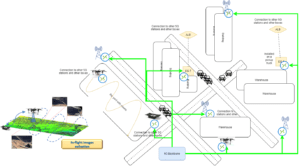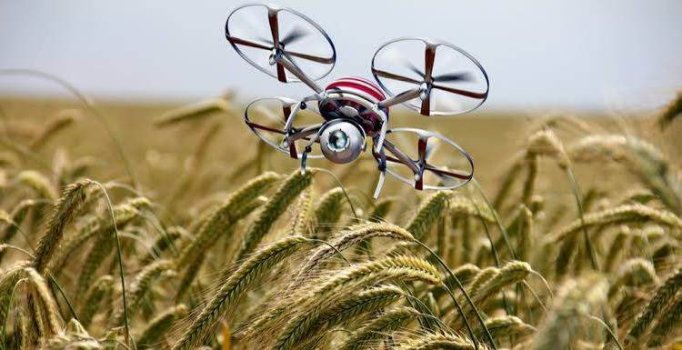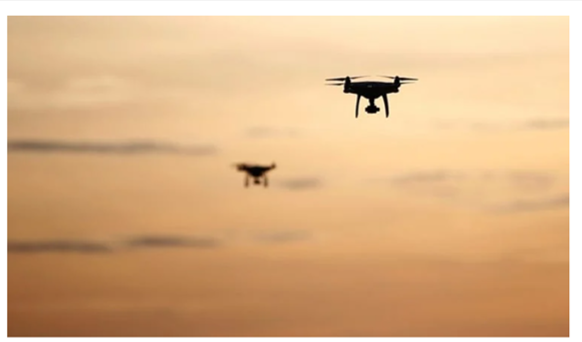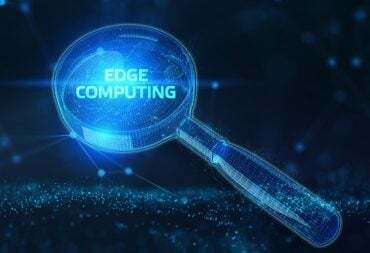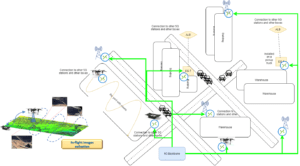‘Women in tech should make themselves heard’- Zenithchain’s Vivian Agbata talks about visibility for women
- Technology Workforce
- 0 Replies
It is a well-known fact that women are underrepresented in the global tech space. While more and more women are starting to build tech careers in a male-dominated field, women, nonetheless, do not get as much visibility as their male counterparts due to this underrepresentation.
For Vivian Agbata, being the Public Relations Officer of Zenithchain, a blockchain company, means she constantly has to make herself heard in places where conversations are steered by men. And in a video session with Tech Next’s Women in Tech series, she revealed that her journey into tech is a story of finding herself through grit and determination.
The Lagos-born graduate of Economics from the University of Port-Harcourt came back to base to hustle and get started with life. After a series of jobs in marketing, promotional and merchandising jobs, she made a decision to seek a career path in tech.
Her interest in tech stemmed from her undergraduate days when she watched her male friends code but felt it was something she couldn’t do. But she eventually decided to set her mind to it and with her background knowledge as an economist, she secured a job as a financial analyst with Zenithchain, a blockchain startup.
Continue reading: https://technext.ng/2022/01/24/women-in-tech-should-make-themselves-heard-zenithchains-vivian-agbata-talks-about-visibility-for-women/
For Vivian Agbata, being the Public Relations Officer of Zenithchain, a blockchain company, means she constantly has to make herself heard in places where conversations are steered by men. And in a video session with Tech Next’s Women in Tech series, she revealed that her journey into tech is a story of finding herself through grit and determination.
The Lagos-born graduate of Economics from the University of Port-Harcourt came back to base to hustle and get started with life. After a series of jobs in marketing, promotional and merchandising jobs, she made a decision to seek a career path in tech.
Her interest in tech stemmed from her undergraduate days when she watched her male friends code but felt it was something she couldn’t do. But she eventually decided to set her mind to it and with her background knowledge as an economist, she secured a job as a financial analyst with Zenithchain, a blockchain startup.
Continue reading: https://technext.ng/2022/01/24/women-in-tech-should-make-themselves-heard-zenithchains-vivian-agbata-talks-about-visibility-for-women/












